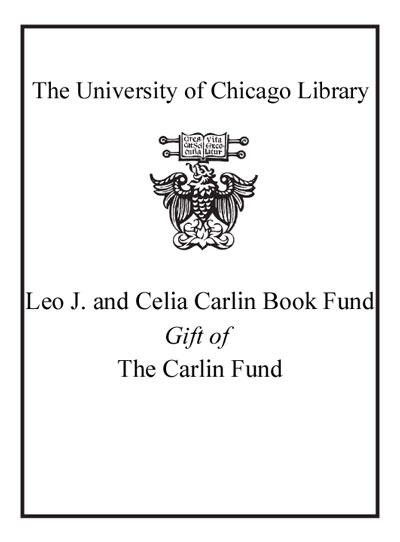Review by Booklist Review
Shapiro's third novel (and first in a dozen years) is part coming-of-age story and part textbookish history of modern American art. Set in the 1960s, the story follows teenage Maude from her middle-class home in Levittown to the tony private-school precincts of Bay Farm. There she befriends the fabulously wealthy and cheerfully ironic Weesie, whose mother will become a private student of Maude's father, the semi-celebrated artist Milton Pugh. Something of a pill, Milton has alienated his son, Seth, who has disappeared, and drives his wife, Nina, into a relationship with a Bay Farm art teacher. Shapiro's strength is a painterly style, and her book is crowded with the closely observed details that describe both the lives of her characters and the culture they inhabit. Indeed, the wealth of information about the art world of the sixties sometimes stops the narrative in its tracks, while the happy ending seems to have been tacked onto the plot, but Maude--as much a piece of work as Milton--never fails to hold the reader's interest. --Michael Cart Copyright 2006 Booklist
From Booklist, Copyright (c) American Library Association. Used with permission.
Review by Publisher's Weekly Review
Maude Pugh is born and bred in 1960s suburban Long Island, in a "houseful of failures, each feeling terrible and trying to make the next one feel worse." Her domineering, self-involved father, Milt, is a struggling artist who paints every room in their house black as a dramatic backdrop to his brightly colored modernist canvases. Maude's mother, Nina, is defensive with the rich neighbors she fears are her social superiors and resentful of her daughter for outshining Maude's disaffected older brother, Seth, who flees home at 16. Although Maude, whom Shapiro tracks through her teen years, aspires to be an artist in her own right, she also lusts after the good life exemplified by Milt's upscale art students, matrons swathed in expensive silk scarves "as intricately patterned as illuminated manuscripts." So Maude secures a short-lived scholarship to Bay Farm, a pricey prep school where she befriends Weesie, a child of privilege who thinks poverty is romantic, and gives her heart to Danny, who eventually betrays her. Shapiro (The Right Bitch) is a shrewd anthropologist well versed in the cultures of adolescence, the `60s and class strife, but she sometimes falters in her psychological portraiture, waxing precious and self-conscious rather than astute. (May) (c) Copyright PWxyz, LLC. All rights reserved
(c) Copyright PWxyz, LLC. All rights reserved
Review by Kirkus Book Review
The dark heart of a 1960s Levittown family is artfully revealed. Shapiro (Life and Love, Such as It Is, 1999, etc.) chronicles the high-school years of Maude Pugh, the misunderstood daughter of a self-important artist and a socially awkward mother. The Pughs live in a house that seems to be the clone of a thousand others, but on the inside is utterly unique; her father has painted all the walls black to better display his artwork. Maude's best friend Weesie thinks the house is a marvel, but Maude yearns for the understated elegance of Weesie's upper-class Long Island manor. If the interior of Maude's house is unusual, the interior of her family is even more so. Her mother and father split up over the course of the narrative, and her older brother Seth, unabashedly idolized by her parents, has disappeared from their lives, leaving Maude to bear the brunt of her parents' brutalizing emotional eccentricities. Maude, chafing at her family's restraints, secretly applies and wins a scholarship to attend Bay Farm, an elite private high school. Once there, Maude is introduced to both class ambition and class division: Her parents are uncomfortable because she is moving up the social ladder; her classmates fetishize her because she is an artist's daughter with all of the requisite quirks; and Maude herself is caught between the knowledge that she doesn't really belong among the very wealthy and a new sense of class difference. When Maude loses her scholarship and enrolls in community college, she finds herself even more of an outsider. Although the plot appears to follow the usual coming-of-age story are by concentrating on a typically angst-ridden adolescent girl, it has none of the loss-of-innocence rhetoric or false family resolutions that characterize the genre. Shapiro's portrait of Maude is knife-sharp; she completely inhabits the consuming inner world of a painfully intelligent adolescent girl, showing Maude's every mood, thought and desire with piercing clarity. Bracing and raw portrait of the inner life of a directionless, if passionate, suburban rebel. Copyright ©Kirkus Reviews, used with permission.
Copyright (c) Kirkus Reviews, used with permission.
Review by Booklist Review
Review by Publisher's Weekly Review
Review by Kirkus Book Review

